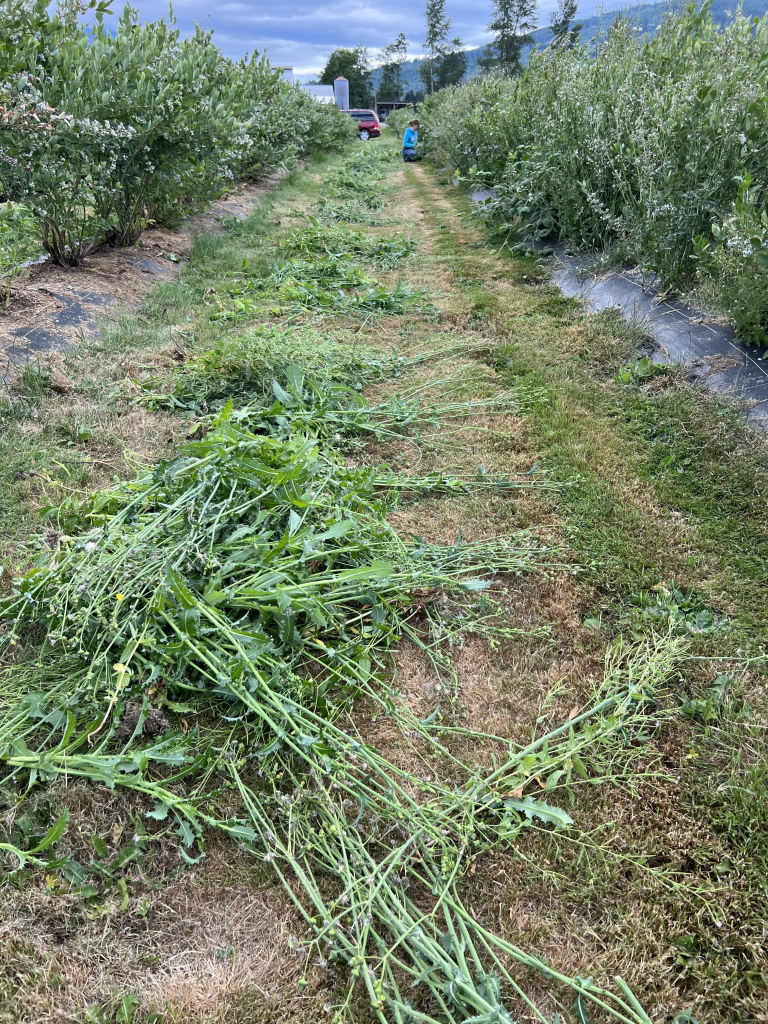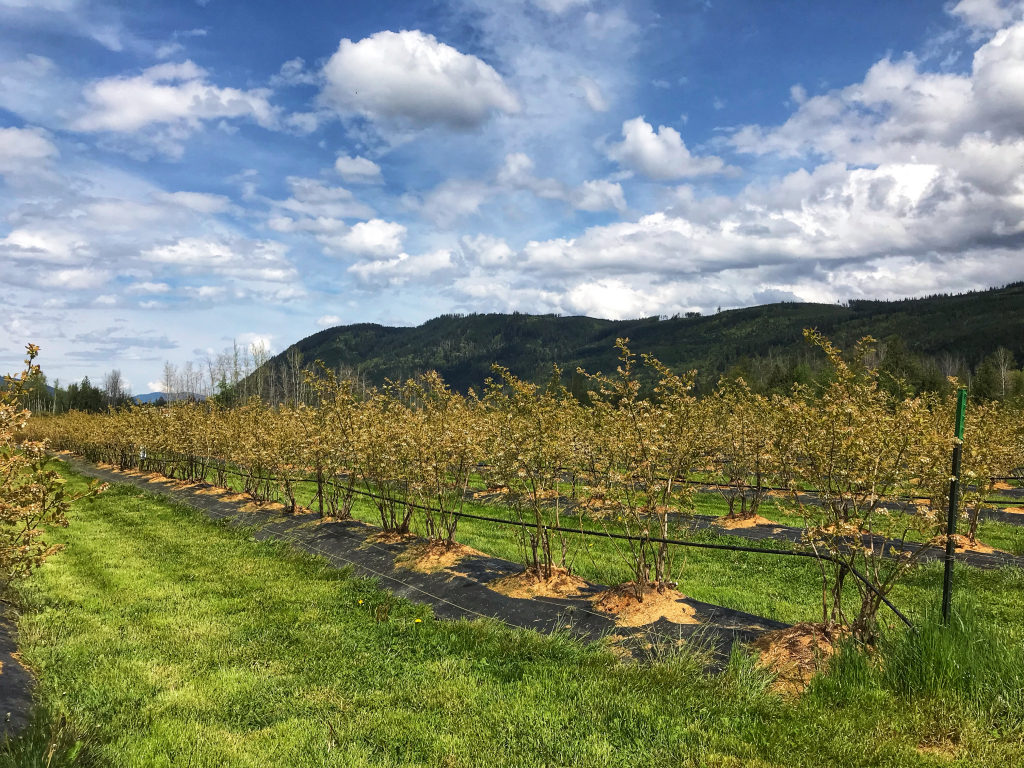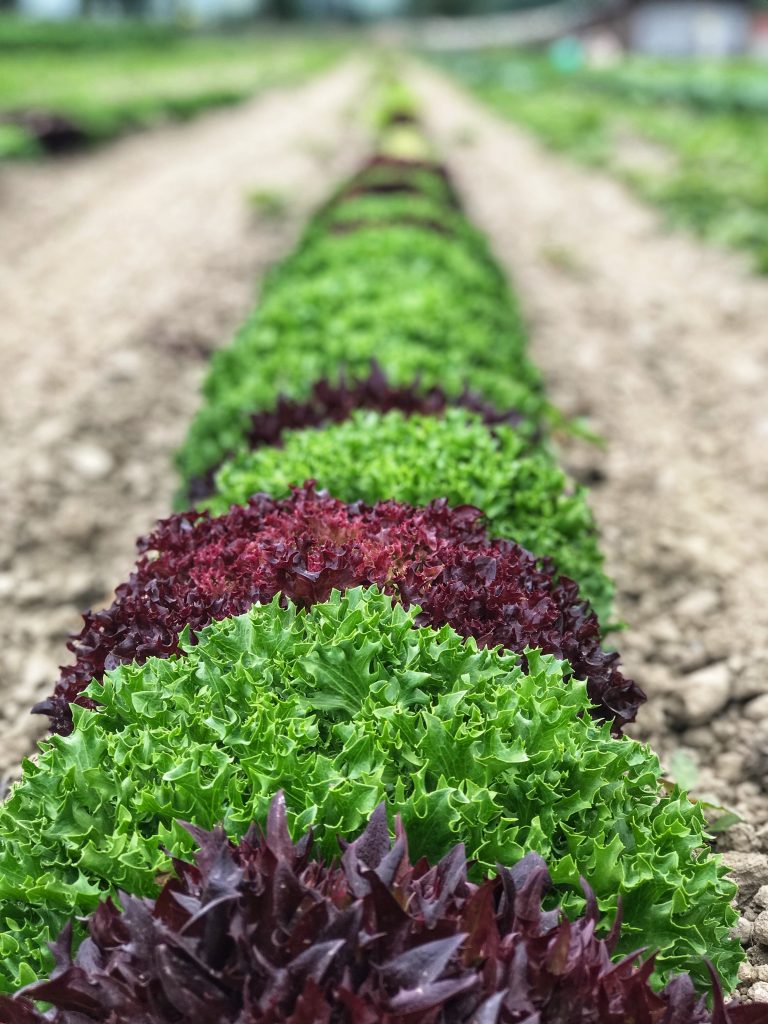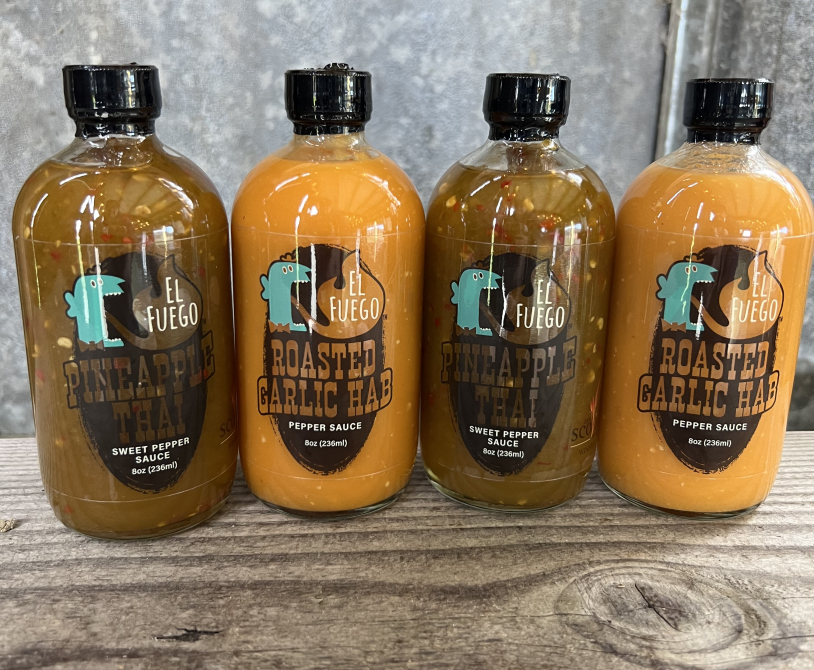The very first task I learned how to do after I accomplished walking was learning how to weed the garden. I’m just kidding, but sometimes it feels that way. Weeding is embedded in my genetic makeup, I am sure. How else do I explain the overwhelming sensation of stopping my walk from my dorm to my next class of the day just to pull some rascally weed growing in the sidewalk?
I suppose I could blame my mother, who is the queen of weeding herself, or even my aunt Kelly who could be crowned the princess of pulling pesky plants (but that is much too long of a title). They both taught me from a young age that it is very important to stay on top of weeding in the garden, to start pulling as soon as the weeds come up; otherwise, the weeds win. And weeding is quite a simple task to learn; one of the first garden tasks all Mama’s kids are taught. The only principle of weeding is this: know what type of plant is growing, and then pull all the plants that do not look like it. All the “techniques” that follow are merely subjective methods.
We have a few techniques at Mama’s Garden that we employ. The first is to use your hands, bare or gloved, and simply wiggle and pull with all of your might. This technique tends to be used most often in loose, dry soil that occurs during the late days of spring and early summer. The second technique, one that my mother loves, is to use some sort of hand tool/hand combo to help uproot stubborn weeds. I find that these hand tools are most helpful during the dreary winter months of January and February when we must weed our two-thousand blueberry plants in the mud.
Our customers love when they visit the Garden and see us weeding by hand. I feel that both parties are given a sense of pride that there is time taken to hand nurture the plants that will feed them and the flowers that will adorn their homes. Often times, my mom will send me and my cousins to weed our flower rows up by the front of the Garden, and we will listen to podcasts or music together. Sometimes we share stories or make them up. One of my favorite memories of weeding these flower beds happened two summers ago. I was working on ridding our zinnia beds of pigweed, an invasive plant that dominates our soil. Frustrated, I was pulling pigweed by the handful when a woman visiting the Garden came and tapped me on the shoulder. She asked me what I was doing pulling the pigweed. I informed her that this was an invasive species. She laughed and said that where she was from, pigweed is harvested much like spinach is in the US! She told me to eat it when it has young, tender leaves. Ever since then, if I am getting hungry while weeding, I now have a certain weed to snack on!
The next techniques that we employ involve the big boy tools: hula and regular garden hoes, wheel hoes, the tractor, and even propane torches. We often use regular garden hoes and hula hoes to weed the edges of our rows (that is where many weeds grow as they sometimes get too shaded by the actual plants in the rows to grow). We sometimes also use them to work ahead of hand weeders to scratch the surface of the soil, making it easier to hand weed in the summer months when our soil becomes like concrete. The usage of wheel hoes is very similar to that of using hula hoes on the edges of our rows, except we tend to use the wheel hoe for paths between rows as the wheel hoe has a wider coverage than most garden hoes. The tractor is used in the same way as the wheel hoe, but usually only on days that are exceptionally hot or when the ground is exceptionally hard.
You might now be wondering, “How do you use a propane torch to weed?” Well, I am here to tell you! Carrots, potatoes, and beets often take a while to germinate and then sprout from the ground. Because of this, weeds tend to grow before these root vegetables, making it harder for the vegetables to grow due to the weeds crowding them. So, my mom will put a portable propane tank (like the ones used for barbeque) in a backpack type configuration, and then attach a torch attachment, turn on the gas, light the gas, and walk down the rows of root vegetables, burning the weeds. I’ve been able to try my hand at this type of weeding, and I would recommend it; it is very satisfying. My father has too, but his experience didn’t end up as well as mine. Remember the main principle of weeding, “Know what type of plant is growing, and then pull all the plants that do not look like it”? Well, my father did not know what type of plant he was supposed to be torching. What he thought was a 20-foot row of hundreds of tiny weeds, was in fact, a 20-foot row of baby beet sprouts. My mother sighed and laughed when he told her and said, “I suppose we will have to replant that!”
Weeding can come in all forms and techniques, and they all help us beat the weeds. I think, looking back at all the wondrous weeding I have been part of, that I can’t escape the urge to weed because of the satisfaction it brings. Sure, there is the visual satisfaction of cleaning up a wild row of plants. But there is also something soul satisfying about it. I know that when I weed, I am pruning out the bad, and helping the good flourish. I am helping life thrive. I wonder what our lives would be like if we applied the principle of helping life flourish to our everyday lives.
~Emma
PS: Are you now itching to weed your spring garden beds? Here is a link to one of our favorite tools that will help you weed with ease: The Original Hula Ho Weeder | Planet Natural








